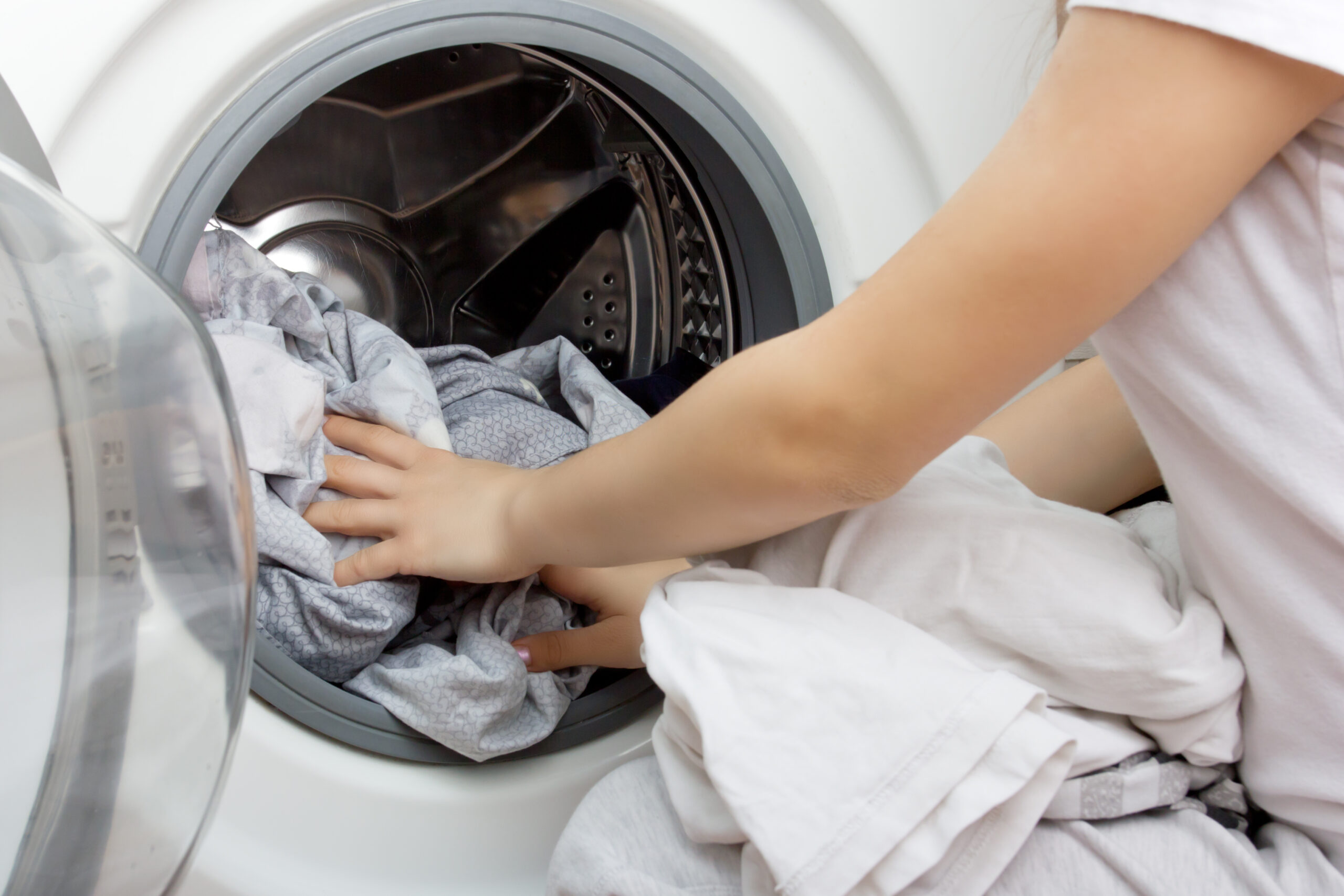
Appliances
Appliances can consume a lot of energy, and as such, it is important to take into consideration what kind of appliances you are purchasing for your home. Aside from the height, size and space needed for your appliances, there are also other factors to take into consideration before purchasing.
Washer and Dryer Machines
There are various types of washing machines that you may purchase: top-loaders, high efficiency top loaders, and front loaders.
A top-loader washer uses more water and handles less clothing per load and are harsher on fabrics. A high-efficiency top loader (without an agitator) uses less water and are more energy efficient. These machines pull more water from clothing and therefore shorten drying times. However, wash times tend to be longer due to less water being used. Finally, front-load washing machines are all high efficiency with shorter drying times but longer wash cycles.
Dryers come as front-loaders and use a drum that tumbles clothes through heated air to remove moisture. The big difference comes with the purchase of a natural gas vs electric dryer. A natural gas dryer will be less expensive and will run hotter, so clothes dry faster, resulting in energy savings.
What will save you energy and money?
A good feature to look for when purchasing a washer and dryer is the automatic temperature control. If you do not have an automatic temperature control, you can cut costs and be more efficient by washing your clothes in warm or cold water. In addition, purchasing a washer with a stainless-steel tub can withstand higher spin speeds and therefore extract more water. A dryer with moisture sensors will detect how wet your clothes are.
A good choice for energy efficiency washer and dryers would be ENERGY STAR certified appliances. An ENERGY STAR certified washing machine uses approximately 25 percent less energy and 33 percent less water, while a dryer uses roughly 20 percent less energy, on average.
Smart Lighting
There are many options for energy efficient lighting and cost savings. Aside from the actual bulbs, smart plugs and switches can help you manage lighting through a connected device.
Smart plugs are an inexpensive way to automate your home and become more efficient. Typically, a smart plug can be configured using an app, allowing you to control any device, light or appliance that is plugged into it. Similarly, a smart switch can replace traditional switches to help you track and manage your energy consumption. Smart switches still allow you to turn lights on and off but have additional benefits such as dimming lights and the ability to do so when you are away from home.
In addition to smart switches and plugs, you can get smart bulbs. Smart bulbs can let you adjust lighting and set schedules and timers. Smart bulbs also last 15 times longer than a traditional incandescent bulb and use a significant amount less energy.
LEDs
LED stands for light emitting diode. An LED light produces light approximately 90 percent more efficiently than incandescent light bulbs. Most people are making the switch to LEDs as they are far more effective than incandescent and even compact fluorescent lights (CFLs), and also last up to 3.5 times longer.


